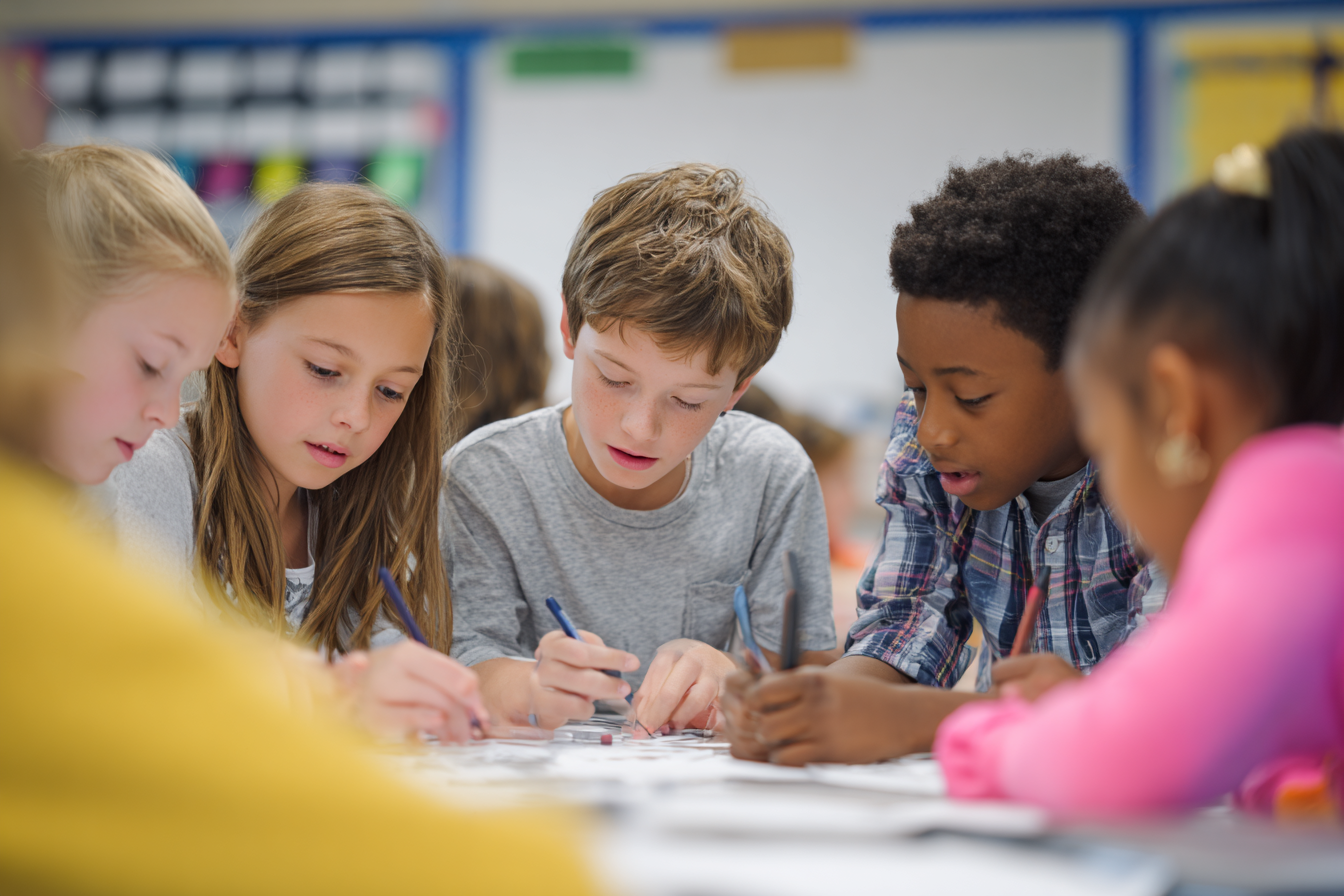Unit Plan 27 (Grade 3 Social Studies): Midyear Review—Our History, Our Home
Create a collaborative “Our History, Our Home” display where students use timelines, sources, traditions, and local stories to show how their community’s past and present connect and evolve.

Focus: Create a collaborative “Our History, Our Home” wall display that connects timelines, important people and events, family/community traditions, and community changes over time, using questions and sources (photos, maps, artifacts, short texts) to show how our community’s story is told.
Grade Level: 3
Subject Area: Social Studies (History • Inquiry/Skills)
Total Unit Duration: 5 sessions (one week), 45–60 minutes per session
I. Introduction
In this midyear synthesis unit, students act as local historians and curators to build a large, shared wall display titled “Our History, Our Home.” They revisit skills from earlier units: creating timelines, distinguishing past and present, identifying important people, groups, events, and traditions, and using sources (photos, artifacts, maps, short texts) to answer questions. Working in teams, students design panels that combine a community timeline, short bio cards, then-and-now scenes, and tradition spotlights. By the end of the week, the hallway or classroom wall becomes a simple “museum” of their community’s story.
Essential Questions
- How do timelines help us understand the history of our community and region?
- Who are some important people, groups, events, and traditions that helped shape our community, and how do we know about them?
- How can photos, maps, artifacts, and stories help us tell the difference between past and present, and show change and continuity?
- What kinds of questions should we ask when we study our community, and how do we decide which sources are helpful and trustworthy?
- How can we share our learning in a clear, respectful way so others can understand “Our History, Our Home”?
II. Objectives and Standards
Learning Objectives — Students will be able to:
- Help build and interpret a class timeline of key community/regional events, using chronological vocabulary (before, after, long ago, present, today).
- Distinguish past and present by comparing artifacts, photos, maps, and accounts; identify at least one example of change and one example of continuity in their community.
- Identify at least two significant people, groups, events, or traditions in local/regional history and explain their contributions or importance.
- Use simple primary and secondary sources (e.g., photos, markers, short texts) to answer who/what/where/when/why questions about the community and record information with basic citations (title, author, or source).
- Develop and refine inquiry questions about their community, select relevant sources, and create a wall display panel that clearly communicates one part of “Our History, Our Home.”
Standards Alignment — 3rd Grade (C3-based custom)
- 3.C3.Hist.1 — Create and interpret timelines of community/regional events; use chronological vocabulary.
- Example: Build a timeline of your town’s founding, a flood, and a new library opening.
- 3.C3.Hist.2 — Distinguish past and present using artifacts, photos, maps, and accounts; note change and continuity.
- Example: Compare a 1900s street photo with today’s street view.
- 3.C3.Hist.3 — Identify significant people, groups, and events in local/regional history and explain their contributions.
- Example: Write a short bio card for a local leader or tradition.
- 3.C3.Hist.4 — Describe family and community traditions and how culture is shared across time.
- Example: Collect and present one tradition from a classmate’s family interview.
- 3.C3.Hist.5 — Use simple primary and secondary sources to answer questions; summarize who/what/where/when/why with evidence.
- Example: After reading a historical marker, summarize the event in three sentences.
- 3.C3.Inq.1 — Develop compelling and supporting questions about communities and regions.
- Example: “How does where we live shape what we do?”
- 3.C3.Inq.2 — Gather information from multiple sources (maps, charts, photos, primary/secondary texts, interviews).
- Example: Use a town map, a park brochure, and a short news article to learn about a new trail.
- 3.C3.Inq.3 — Evaluate sources for relevance and basic credibility; distinguish fact, opinion, and perspective.
- Example: Identify which paragraph is opinion vs. fact in a community newsletter.
Success Criteria — Student Language
- I can help create and read a timeline that shows important events in our community or region.
- I can use photos, maps, and stories to tell what is past and what is present, and point out one change and one thing that stayed the same.
- I can explain why at least two people, groups, events, or traditions are important to Our History, Our Home.
- I can use sources to answer who/what/where/when/why questions and tell if something is a fact or an opinion.
- I can work with my group to create a clear wall display panel that teaches others something about our community’s history.
